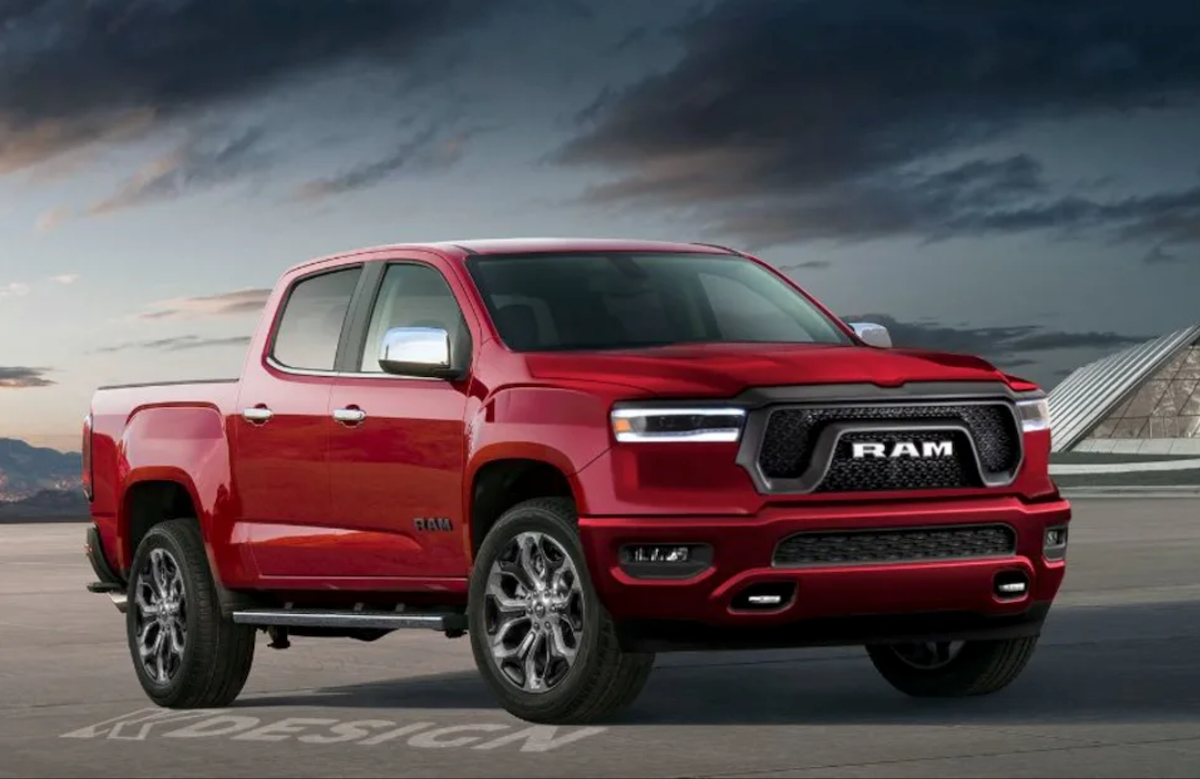The current crisis of unsold Ram trucks, leading to heavy dealer discounts (often 10–20% off MSRP), has created a deflationary shockwave across the used truck market. This phenomenon directly and negatively impacts the **resale value and trade-in equity** of Ram models from 2020 through 2024.
I. The Mechanics of Used Truck Deflation
Used vehicle pricing is fundamentally linked to the price of the closest new equivalent. When the price of the new model drops, the entire used market segment must adjust downwards.
1. Erasing the Price Gap
- Loss of Value Proposition: Historically, a 2-year-old Ram offered significant savings over a brand-new one. When a new 2024 Ram is discounted by $10,000 to $15,000, that discount often **erases the entire price gap** between a new, discounted unit and a low-mileage used unit.
- Buyer Logic Shift: Consumers logically prefer a **new truck with a full warranty** for the same price as (or slightly more than) a used truck. This severely reduces demand for the used inventory, forcing their prices down further.
2. Accelerated Depreciation
- Compounding Effect: Ram trucks generally face higher depreciation rates than their Ford and Chevy rivals. The current flood of cheap, new inventory is **accelerating this depreciation** in the used market beyond historical norms, hitting recent buyers the hardest.
- Negative Equity Risk: Owners who bought new Rams in the last 1-2 years with little down payment may now face **negative equity** (owing more on the loan than the truck is worth) if they attempt to trade in or sell their vehicle.
II. Impact on Specific Used Ram Segments
The severity of the deflationary effect varies based on the age and powertrain of the used truck.
1. Ram 1500 (1–3 Years Old)
- Direct Competition: These models (2022–2024) are in direct competition with the unsold, heavily discounted 2024 and 2025 new stock. They suffer the steepest decline in resale value.
- The Hemi Factor: Used Rams with the phased-out **Hemi V8** may face additional pressure, as some buyers seeking the latest features will prioritize the discounted new models with the new Hurricane engine.
2. Older Rams (4+ Years Old)
- Reduced Impact: Older models (2020 and prior) are somewhat insulated. Their value is largely stabilized, having already absorbed the steepest depreciation. The new discounts primarily affect the prices of the newer used models immediately above them.
III. Defensive Strategies for Current Ram Owners
Owners of Ram trucks who purchased recently must adapt their strategy to mitigate the effects of the collapsing resale market.
1. Financial Measures
- Hold and Pay Down: The best strategy for owners with negative equity is to **keep the truck longer** and aggressively pay down the loan balance until they regain positive equity.
- Avoid Trade-In: Selling privately may yield a few thousand dollars more than accepting a low dealership trade-in offer, as dealers must factor the immediate depreciation risk into their valuation.
2. Maximizing Vehicle Value
- Maintenance Records: Detailed, complete service records are critical to proving the vehicle’s superior condition and reliability, helping achieve a better price point than the average depreciated unit.
- Cosmetic Condition: Since the market is flooded, flawless cosmetic and interior condition is essential for selling a used Ram near the top of the price range.
Conclusion
The heavy discounting on new Ram trucks represents a major market correction that benefits new buyers but penalizes recent owners. This **used truck deflation** will persist until Stellantis clears its aged inventory and stabilizes its new vehicle pricing, forcing current owners to prioritize long-term ownership over maximizing short-term resale value.

